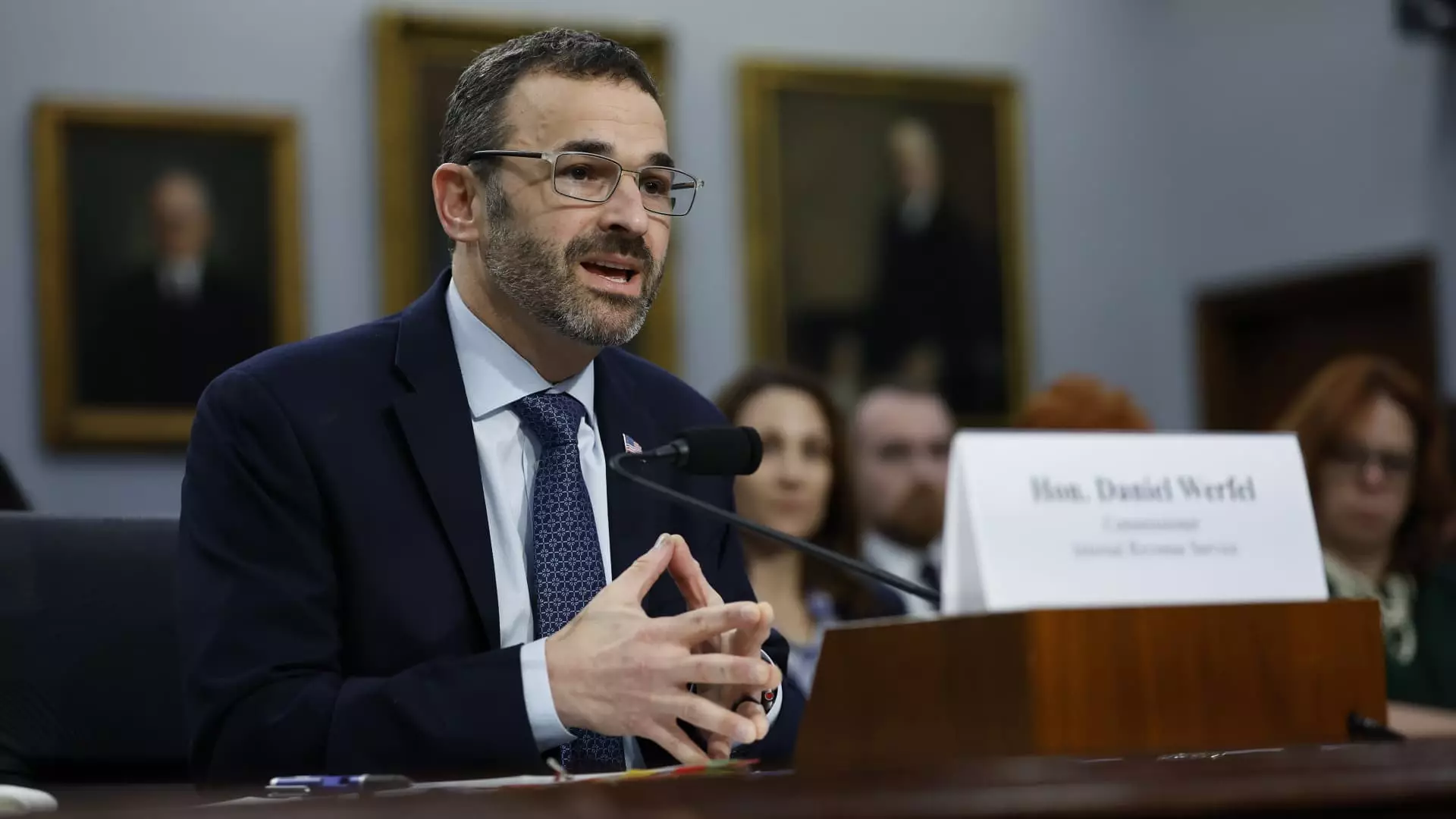In a move that aims to simplify tax filing for millions, the IRS and the U.S. Department of the Treasury revealed significant expansions to the Direct File program, designed to offer free tax preparation services. Next year, over 30 million Americans across 24 states will qualify for this initiative, which represents a considerable increase from its initial rollout. Previously, the pilot program was limited to 12 states, and the new inclusion of 12 more states signifies an earnest effort by the federal government to alleviate the financial burden of tax preparation for many households, especially middle and working-class families.
The initial pilot program launched for the 2024 tax season provided limited coverage, primarily targeting simple tax situations. Taxpayers reporting wages on Form W-2—alongside related income sources and financial complications—qualified under strict parameters. However, those who earned income through contracts reported on Form 1099-NEC, such as gig workers and the self-employed, were excluded. The 2025 rollout broadens eligibility further, now accounting for a wider range of income types, including pensions, more substantial interest income, and dividends from the Alaska Permanent Fund. By expanding eligibility criteria, the program ultimately seeks to remove barriers that have traditionally left many taxpayers unassisted.
Another noteworthy development is the expansion of tax credit support within the Direct File framework. Initially, participants could utilize the earned income tax credit and the child tax credit, but the 2025 iteration will introduce several new credits, thereby enriching taxpayer benefits. This includes provisions for childcare expenses, premium tax credits for insurance, and credits available to the elderly or disabled population. Such enhancements are targeted at families who would benefit significantly from these financial aids, enabling a deeper engagement with benefits that align with economic realities.
During its pilot phase, Direct File garnered positive attention, with over 140,000 returns filed and a notable estimated saving of $5.6 million in tax preparation fees. These statistics underscore the potential impact of the program, particularly for lower-income households who may struggle to pay for professional filing assistance. IRS Commissioner Danny Werfel emphasized a commitment to expand the program gradually, stating the importance of catering to working families’ needs. This long-term vision not only indicates a responsive stance to taxpayers’ needs but also a proactive approach to refining the tax filing process in the future.
Overall, the expansion of the Direct File program suggests a decisive step toward promoting financial equity in tax filing. By addressing the needs of a broader demographic and facilitating greater access to tax credits, the IRS is taking strides to ensure that all eligible Americans can maximize their tax benefits without incurring significant expenses. This initiative may serve as a model for future reforms within the taxation system, emphasizing fairness and accessibility for all taxpayers. As the 2025 tax season approaches, anticipation builds around the tangible benefits that this expanded program will deliver.

